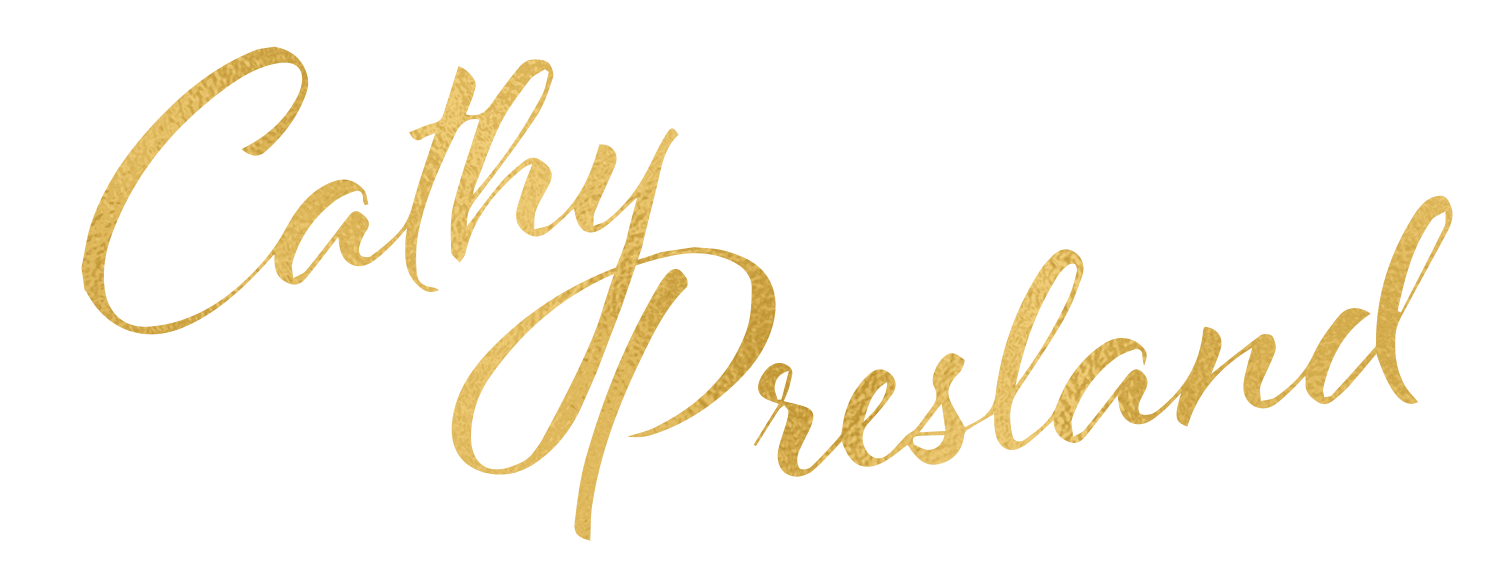Let Go of ‘Busyness’ and See What’s in Front of You
Slowness versus Passivity…
I was with a client recently talking about appreciating what’s in front of us and following our curiosity, versus aggressively hunting down the thing that we think is going to make us happy.
When I talk like this, about slowing down to see what’s around us, following what we know, seeing beyond the fog of our thoughts to the clarity and focus beyond them, it can come across as if I’m advising people to slow down to the speed of stationary traffic.
But I don’t want to be passive!
she said, with a tone of mild panic.
I get this a lot.
What is ‘More’ Anyway?
As my clients (and you!) experiment with slowing down their thoughts, losing the ‘busyness’ and letting go of the need to control everything, some of them fear what’s on the other side, and even resist letting go.
What if they slow down so much they can’t get started again? What then? And so, they cling on to habits of behaviour derived from patterns of thinking.
And society reinforces this conditioning.
School, work, the management and productivity literature centres on ‘doing’ as the source of value; as if the sole meaning in life is the output we create, and we are only being purposeful when we are heading for the thing we’ve set our sights on.
Sure, it can be fun to ‘get more’ out of life but what is ‘more’ anyway? What are we chasing at the end of the day?
The ‘Big Five’
To show my client that there’s a different way to behave, I told her about my experience living in Africa when we spent a lot of time in game parks.
People focus on the big five,
I told her.
But some of those animals are difficult to spot; you can drive around all day long and see nothing — at least if that’s where your focus is.
If you learn to appreciate what’s in front of you, then you begin to see the joy and the sophistication of some of those lesser-known, less photographed species. I became familiar with the different species of antelope, and the birdlife.
Whatever you turn your eye to can be enthralling — it isn’t about the animal on the other end of the binoculars, it’s the way you look at them.
Move When There’s Something to See
Part of this appreciation and growing love for what’s in front of you also affects the pace of life, it opens you up to opportunity.
Sure, we slow down when we’re more present, but we also speed up when speed is appropriate. This is as far from ‘settling’, and ‘passivity’ as it’s possible to get.
I went on to share a story about an experience in Rwanda, where my family and I took a boat trip with a game ranger.
We got on the boat and meandered around the edges of the lake, looking at the colourful weaver birds and their intricate nests; appreciating what was in front of us.
Suddenly, the ranger fired up the boat and set off, at top speed, to the other side of the lake. I looked where he was looking and saw what he’d seen — elephant.
When he saw something worth chasing, there was no stopping and no diversion until we got there. Two bull elephants were inches away from us, cooling off in the shallows, pulling at the reeds.
The ranger turned the engine off and we floated, almost able to reach out and touch those magnificent animals, watching them watching us.
We stayed like that for, oh perhaps an hour. There was nothing to do and no need to rush off for the next ‘experience’.
Why Do I Care?
What’s in this story?
Why do I even tell you stories like this?
What’s the relevance?
It’s so obvious, I think, when we shift the context of the story, that there’s no point ‘hunting’ something down when we don’t know what we’re looking for.
And yet, in work, in life, we do this all the time. We pick a ‘thing’ and then we go for it; assuming that happiness lies on the other side of getting what we think we want.
Sure, in the game park, we set off knowing elephant were somewhere around us, and wouldn’t it be great to see them!
We were simply enjoying the scenery and the animals we could see until the moment there was something else worth seeing. We weren’t impatient, we weren’t creating ‘busy work’, we weren’t frustrated about what wasn’t there, we were appreciative of what was.
And then, in a flash, there was something else to see; something that lit a fire under all of us, and we went all out to see the elephant.
It’s exactly like this in life, we can chase something that isn’t there, or we can be present, doing what looks like meandering, appreciating what’s in front of us, until we catch a glimpse of the opportunity that lights us up.
In that moment when we meet someone, we hear about a job opportunity, we get a sniff of an exciting new project, when inspiration strikes, that’s the moment to head off at full pelt.
That’s the moment to put everything into the person or the project or the idea. That’s when we move, when we’ve found what the next big commitment: when it appears in front of us.
An easy life isn’t a passive life, and it isn’t a slow life.
It’s all about being present so that, when the elephant appears, you’re ready to move, ready to do your absolute best, ready to go for it.
And, in between times, there is plenty of life to be lived. Why not enjoy it?
With love,
Cathy

